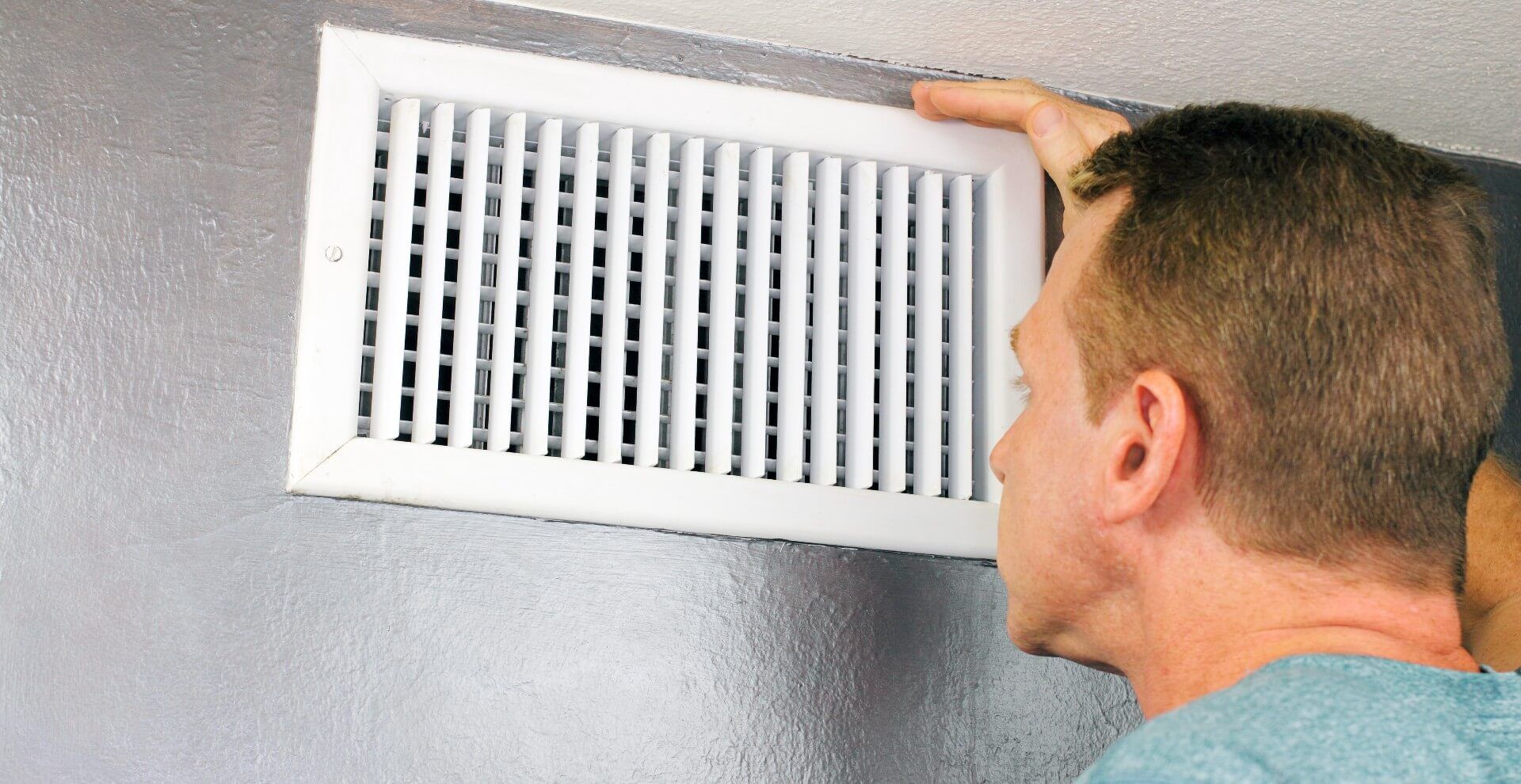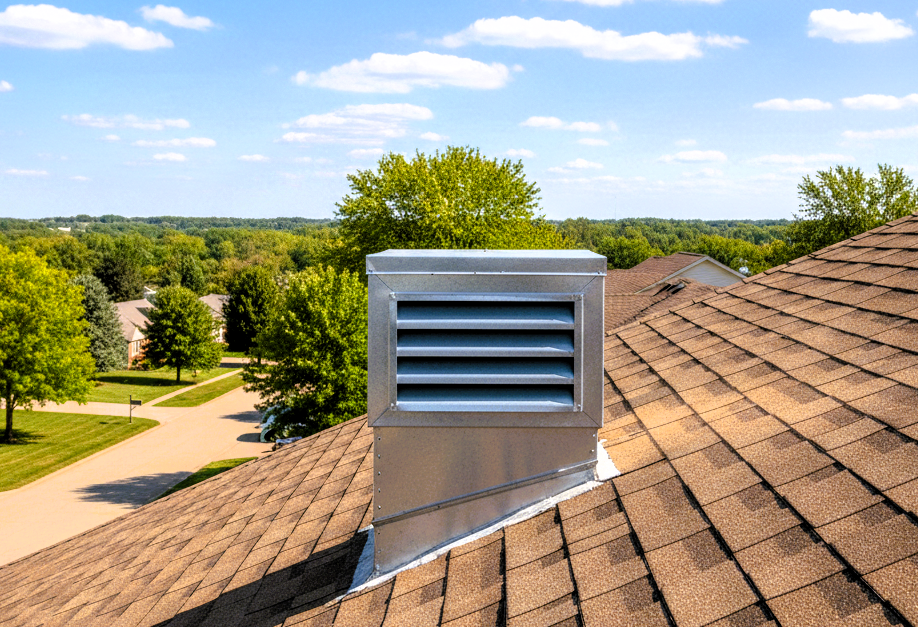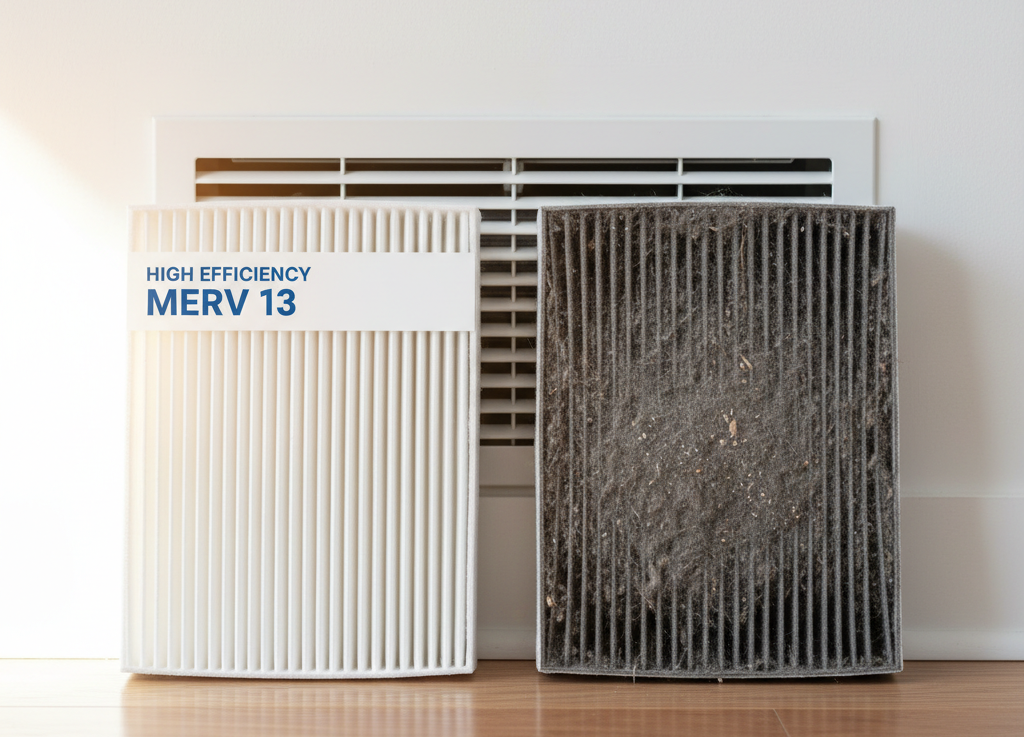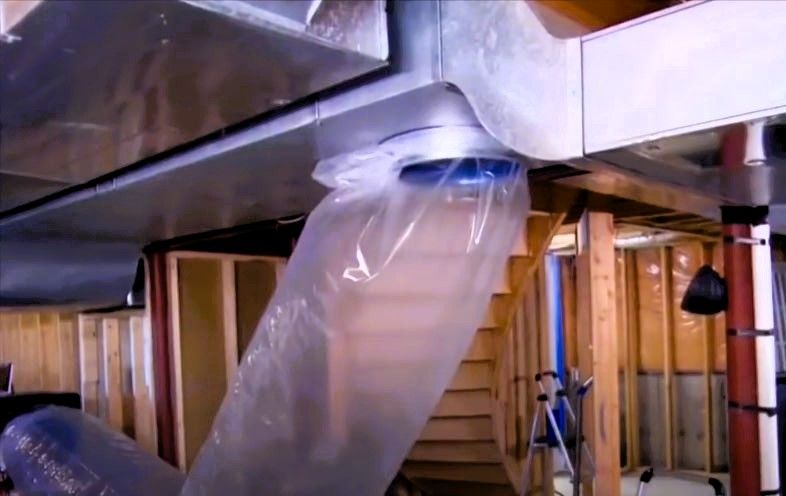Air Ducts Versus Air Vents: What You Need to Know
Learn the two important parts of your HVAC system.

Your Heating, Ventilation, and Air Conditioning system or HVAC plays a crucial role in your home. It’s responsible for keeping the temperature, humidity, and airflow at a comfortable level.
For example, your HVAC will warm up your environment whenever the cold season arrives, helping you prevent contracting hypothermia and other cold-related issues. And when summer rolls in, your system will help cool your area down, lowering your risks of heat stroke.
Your HVAC system also does more than just heating or cooling your environment. Its ventilation feature keeps your air quality good and fresh by ventilating the stale air out along with dust, debris, and other pollutants. A well-ventilated area is important to lower your chances of mold and mildew growth.
Knowing how important your HVAC is, you should also know about the two important parts that enable the system to bring you those beneficial effects; and those are the air ducts and air vents. But what’s this? It seems that many people still don’t know the difference between ducts and vents.
Though, that can be understandable, especially since most people are using those two terms interchangeably. However, when it comes down to it, there are actually big differences when you compare the two.
So, what’s an air duct and an air vent? What’s the difference between them, and how can we identify the two? Do they also work the same way? This blog will help you explain everything you need to know between air ducts and vents!
Knowing Your Air Ducts
The air duct, also called ductwork, is a network of tubes and pipes within your walls, floors, or ceilings, hidden from plain sight. The ductwork system is connected to the furnace or HVAC and distributes air throughout the house.
These air ducts are usually made of sheet metal, fiberglass, plastic, or similar materials sturdy enough to handle airflow pressure from the HVAC system. They usually come in round or rectangular shapes, and their size depends on the layout of your house. They’re also often insulated to lessen the noise they make and help prevent heat loss.
Knowing Your Air Vents
Unlike air ducts, which are hidden, vents can be seen sticking on the walls, floors, or ceilings. Their role is to become the passageway of air as they flow in and out from the HVAC system through the ducts and into different rooms of the house. Two types of vents help assist the ducts and HVAC.
Supply Vents. They are the ones sucking in air from a room that is then delivered to the HVAC system to be cooled or heated.
Return Vents. They are in charge of delivering and distributing the cooled or heated air from the HVAC back into the house.
Even though the air ducts and vents are different in looks and function, they are still an integral part of your HVAC system. You can compare ductwork to the highway, giving air the roads they need to travel through, and the vents are the gates that lead towards the air’s destination.
HVAC systems are a great boon to your household since they can ensure you’re comfortable in your home. However, it won’t work properly without the ducts and vents. Ensure that you keep them well-maintained so your HVAC can stay in top shape and give you the comfort you need.
Wondering if you can do more for your ducts and vents? Have them checked and cleaned by our reliable and capable duct cleaners at
Grand Rapids Duct Cleaners! Our team will happily help you keep your air ducts and vents in optimal condition!







